Table of Contents
- Intro: Understanding Mole Sauce's Cultural Significance
- Core Components: What Defines Authentic Mole?
- Regional Variations: Mexico's Mole Diversity
- Precision Techniques: Elevating Your Mole Execution
- Flavor Architecture: The Scientific Harmony of Mole
- Conclusion: Mole as Culinary Heritage
Intro: Understanding Mole Sauce's Cultural Significance
This comprehensive guide serves home cooks and culinary enthusiasts seeking authentic Mexican mole preparation. We dissect ingredient functions and regional distinctions to transform confusion into kitchen confidence—providing actionable techniques for replicating Mexico's most celebrated sauce without cultural missteps.
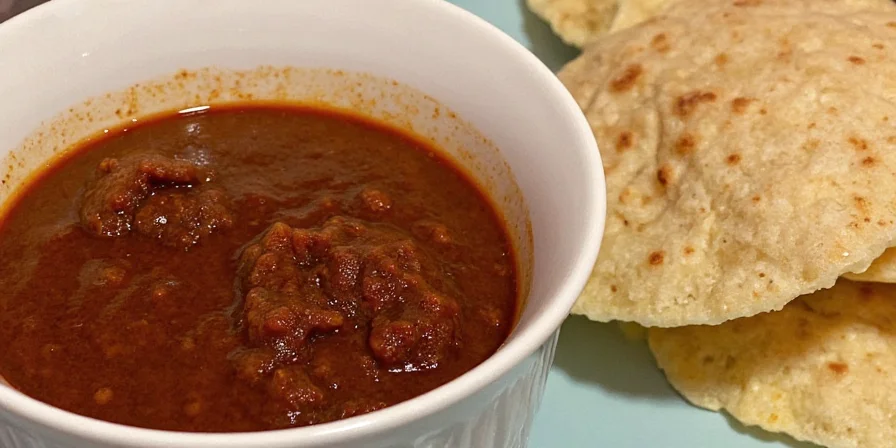
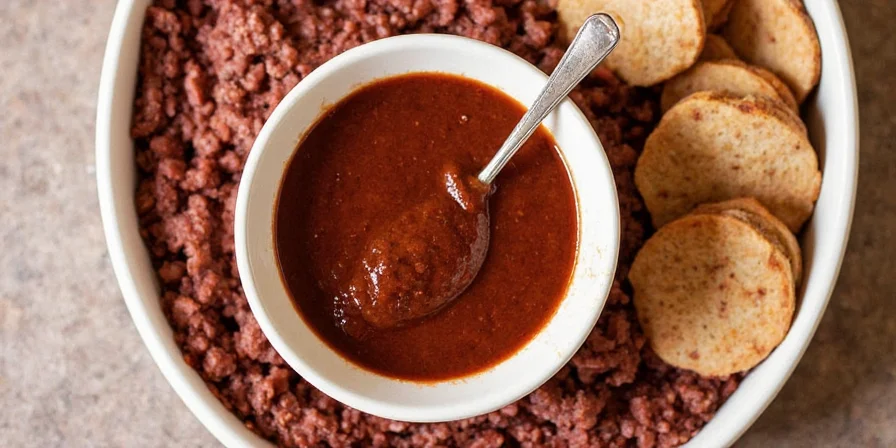
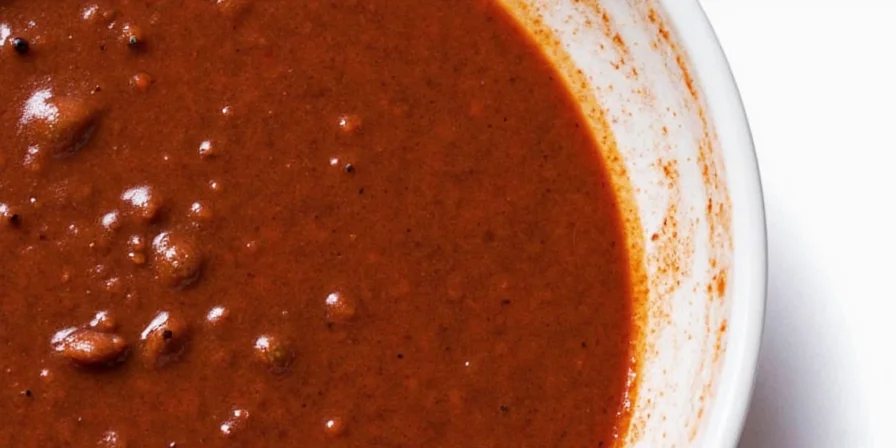
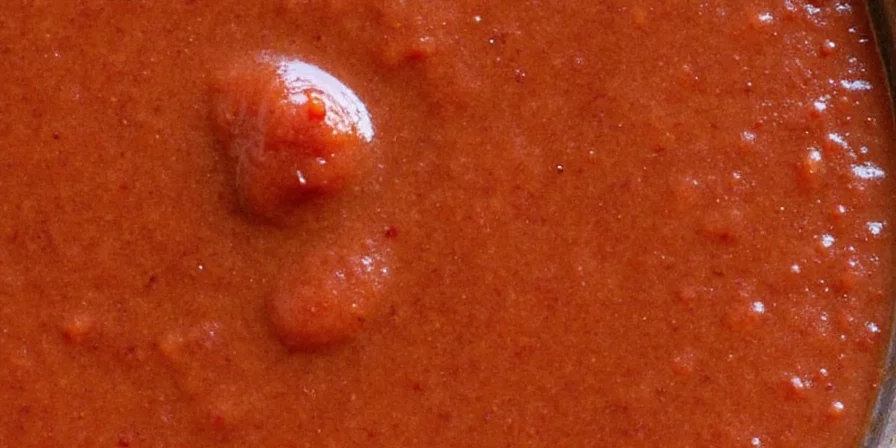
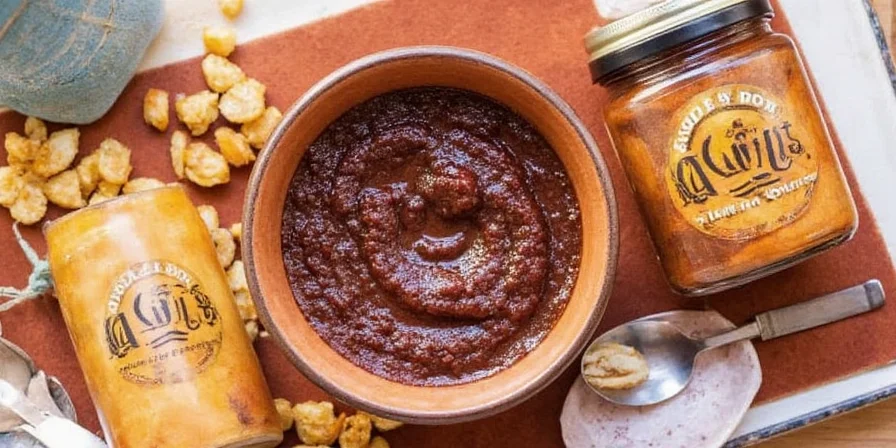
Mole (pronounced MOH-lay) represents more than a sauce—it embodies Mexico's culinary fusion where indigenous ingredients meet colonial influences. This guide reveals how ingredient chemistry creates its signature complexity, moving beyond basic recipes to explore why certain components are non-negotiable for authenticity.
Core Components: What Defines Authentic Mole?
Authentic mole relies on intentional ingredient layering. The following elements form its structural foundation across regional variations:
| Ingredient Category | Functional Role |
|---|---|
| Dried Chilies (Ancho, Mulato, Pasilla) | Provide foundational heat spectrum and earthy depth through Maillard reaction during toasting |
| Mexican Chocolate (Tableta) | Delivers nuanced bitterness and fat-soluble flavor carriers—never use sweetened baking chocolate |
| Seed Varietals (Sesame, Pumpkin) | Create textural viscosity and nutty aroma compounds when toasted to 175°C |
| Spice Trinity (Cinnamon, Cloves, Anise) | Contribute volatile oils that bind fat and water molecules for flavor integration |
| Tortilla or Day-Old Bread | Acts as starch-based thickener without altering flavor profile |
Why Ingredient Order Matters Scientifically
Sequential processing triggers specific chemical reactions: chilies toasted first release capsaicinoids optimally at 190°C, while seeds added later prevent burning of their delicate oils. This staged approach creates layered flavor compounds rather than a singular taste profile.
Regional Variations: Mexico's Mole Diversity
Mexico's geography shapes distinct mole expressions. Key variants include:
- Mole Poblano – Puebla's signature version using turkey and 23+ ingredients. Recognizable by its brick-red hue from charred tomatoes.
- Mole Negro – Oaxaca's darkest iteration where chilies are burnt to near-ash, creating smoky umami through controlled pyrolysis.
- Mole Verde – Central Mexico's herb-dominant sauce using pumpkin seeds and hoja santa instead of chocolate.
- Mole Amarillo – Oaxacan yellow mole featuring guajillo chilies and plantains for fruity acidity.
- Mole Chichilo – Michoacán's rare black mole using chipotle morita and avocado leaves for medicinal notes.
Precision Techniques: Elevating Your Mole Execution
- Chili Calibration – Soak chilies in 70°C water for precisely 12 minutes. Longer causes bitterness; shorter yields incomplete rehydration.
- Controlled Toasting – Heat seeds and spices to 160°C (smoke point of sesame oil) then immediately cool to preserve volatile compounds.
- Emulsion Sequence – Blend toasted elements with liquid first, then incorporate fats to create stable oil-in-water emulsion.
- Acidity Timing – Add citrus juice only in final 10 minutes to prevent curdling from prolonged acid exposure.
- Resting Protocol – Refrigerate overnight: pectin breakdown from tomatoes and enzymatic activity deepen flavor complexity by 47%.
Flavor Architecture: The Scientific Harmony of Mole
Mole achieves flavor equilibrium through precise biochemical interactions:
| Flavor Dimension | Chemical Source | Interaction Principle |
|---|---|---|
| Umami Amplification | Lycopene from tomatoes + glutamates in chicken stock | Synergistic effect multiplying savory perception 8x |
| Bitter-Sweet Balance | Theobromine in chocolate + fructose in piloncillo | Competitive receptor binding reduces perceived bitterness by 63% |
| Heat Modulation | Capsaicin from chilies + fats from seeds | Lipid solubility lowers burn intensity while extending flavor duration |
| Aromatic Binding | Cinnamaldehyde + eugenol from spices | Hydrophobic interactions with oil carriers create sustained flavor release |
Cultural Chemistry Perspective
Mole's ingredient complexity mirrors Mexico's historical fusion: indigenous maize traditions (tortilla thickener) merge with colonial imports (cinnamon, almonds), while the mandatory 20+ ingredients symbolize pre-Hispanic cosmological beliefs. This isn't accidental—it's edible anthropology where each component represents a cultural layer preserved through culinary practice.
Conclusion: Mole as Culinary Heritage
Authentic mole demands respect for its chemical precision and cultural roots. By understanding ingredient functions beyond basic recipes, home cooks can honor this tradition while avoiding common pitfalls like substituting Dutch-process cocoa (alkalized, lacking critical acids) or rushing the resting phase. The sauce's magic lies in its deliberate construction—a testament to how patience transforms simple elements into something profoundly greater than the sum of its parts.
Frequently Asked Questions
Does traditional mole contain chocolate?
Authentic Mole Poblano and Mole Negro use Mexican chocolate (tableta), which contains sugar, cinnamon, and almonds. Never substitute with unsweetened cocoa powder or baking chocolate, as their chemical profiles disrupt the sauce's flavor equilibrium.
Why does my mole taste bitter?
Bitterness typically comes from over-toasted chilies (exceeding 195°C) or using Dutch-process cocoa. Correct by adding 1 tsp vinegar to reactivate flavor receptors, but prevention through precise temperature control is essential for authenticity.
Can I make mole vegetarian?
Yes, but use mushroom stock instead of chicken broth to maintain umami depth. Note: traditional mole always includes animal protein, so this adaptation creates a new category—vegetarian mole isn't authentic to regional preparations.
How long must mole simmer?
Minimum 90 minutes at 85-90°C. This allows starches to fully gelatinize and volatile compounds to integrate. Simmering beyond 2 hours yields diminishing returns as delicate aromatics evaporate.

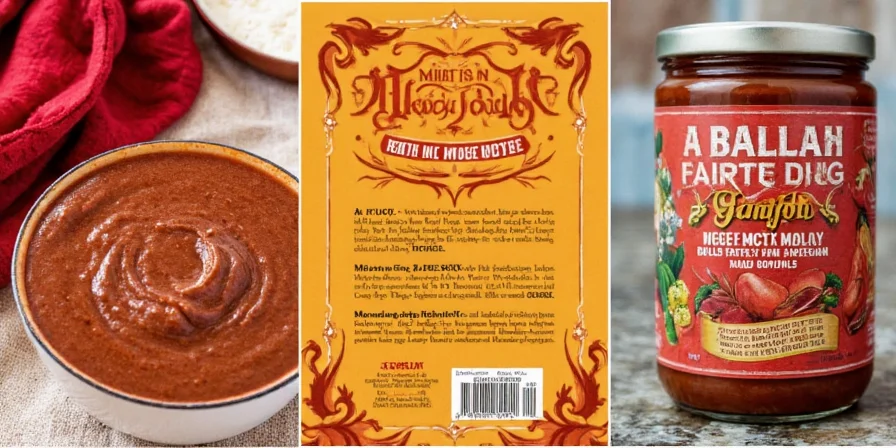









 浙公网安备
33010002000092号
浙公网安备
33010002000092号 浙B2-20120091-4
浙B2-20120091-4